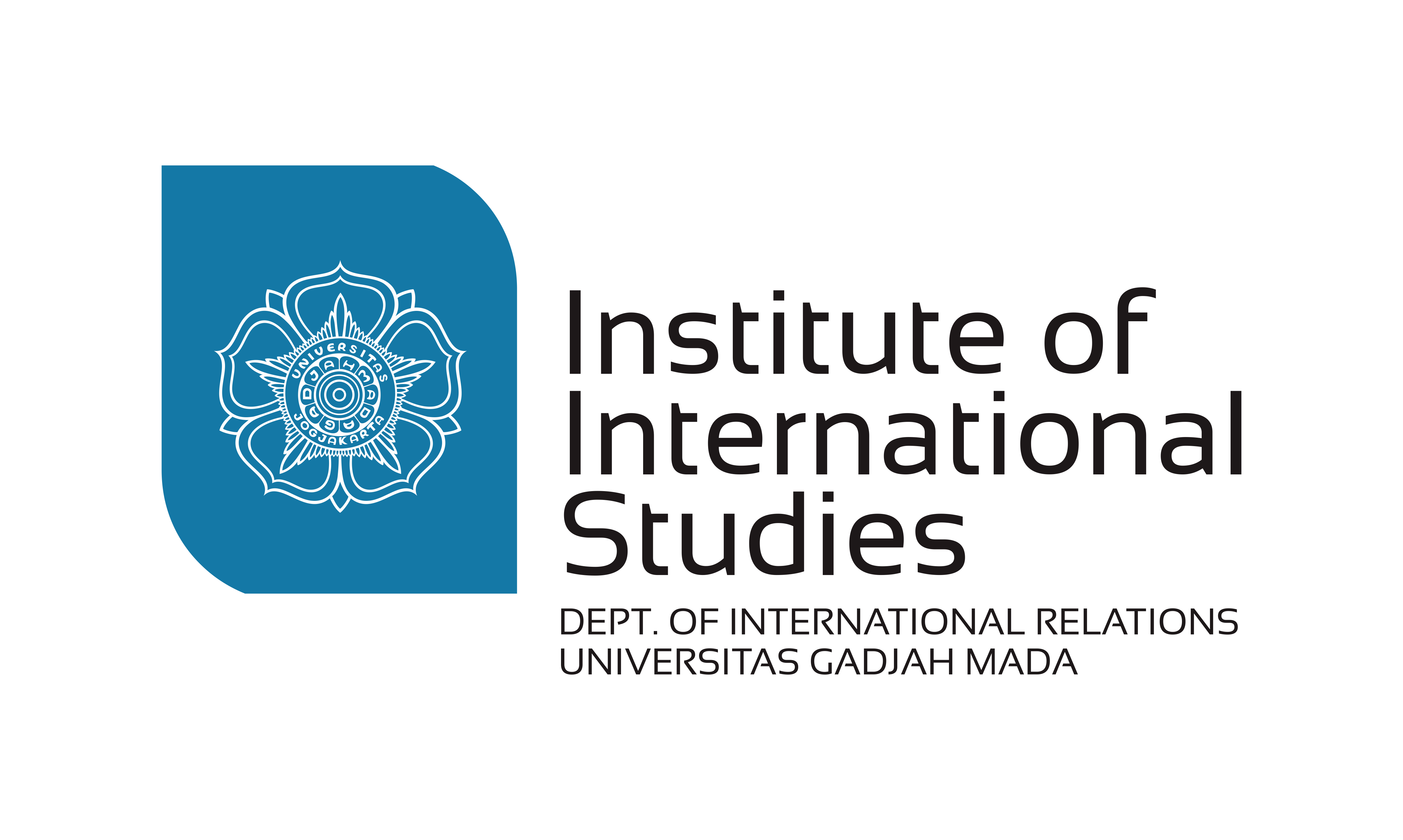In commemoration of the seventy-fifth year since the Hiroshima-Nagasaki tragedy, Institute of International Studies/ IIS UGM organized a virtually-guided photo exhibition titled “Through the Eyes of Hibakujumoku: Living Under the Shadows of Nuclear Weapons” on 9 August, 2020. In collaboration with the International Committee of the Red Cross/ICRC, the exhibition was initiated by IIS UGM as part of the 75th Anniversary of the Atomic Bombing Series. It tried to showcase the urgency of nuclear weapons ban through ratification of the Treaty on the Prohibition of Nuclear Weapons. Muhadi Sugiono, a campaigner for the International Campaign to Abolish Nuclear Weapons/ICAN, and Sonya Teresa, an IIS researcher, guided the event.
The event was divided into three sections: virtual exhibition, breakout sessions, and question-and-answer session. The virtual exhibition, itself, comprised of three stages. The first, “A World of Dark Ashes”, told accounts of the catastrophe in the perspective of hibakujumoku—in Japanese, meaning trees that survived the bombing—through narrations delivered by the guide. The photographs, collected from ICRC, ICAN, Hiroshima Peace Memorial Museum, and other reliable sources exhibited post-explosion atrocities—both physical and psychological—which brought immense trauma upon survivors to this day.
In the second stage, “Greedy Rulers and Screams in Silence”, participants looked at how states insisted on developing nuclear weapons despite evident destructive effects. The photographs also told stories of social movements against nuclear weapons development since the 1950s. However, nuclear race persisted in the 1980s, particularly between the US and the Soviet Union. The phenomenon incited larger demonstrations in Europe, the US, and Japan.
The last stage, “In Our Future, Will Nuclear Weapons Still Be There?”, showcased how states have started discussions on nuclear weapons ban since 1996. However, clash of interest between states continued to be the biggest obstacle in the creation of a legal instrument. In 2017, UN issued a mandate in the form of negotiation for the Treaty on the Prohibition of Nuclear Weapons. To this day, 82 states have signed the Treaty, while 44 others have ratified it. To ensure total abolition, the Treaty needs another seven states to ratify. This is where the Indonesian government needs to step in.
After the exhibition ended, the participants were divided into three small breakout rooms. In the small discussion forums led by IIS representatives, the participants tried to reflect several important questions related to the photographs and the stories behind them: When you hear the word Hiroshima and Nagasaki, did you imagine the same impression as that of hibakujumoku’s? Does the reasoning behind nuclear weapons development make sense? If there were to be a nuclear explosion now, will you survive? The majority of participants agreed that nuclear weapons development is not worth the after effect. Hence, it is necessary that states fully realize the importance of disarmament and total abolition. After answering and exchanging thoughts on the matter, the discussion continued in the larger forum for a question-and-answer session, with added insights from Muhadi Sugiono and Christian Donny Putranto, legal advisor for ICRC.
Writer : Brigitta Kalina Tristani Hernawan
Editor : Medisita Febrina
